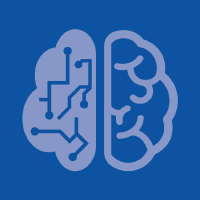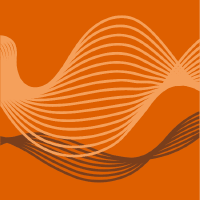Topic Menu
► Topic MenuTopic Editors


Research on the Application of Digital Signal Processing
Topic Information
Dear Colleagues,
Research on digital signal processing offers a variety of applications that range from the entertainment (music) industry to banking (economy). The next entertainment era is expected to have fully automated tools for music composition, where audio/signal processing is crucial. Regarding financing, most deals are agreed upon over telephone conversations/calls—and healthcare is no exception. According to a recent study by Reaction Data, 62% of healthcare providers surveyed said they are currently using speech recognition technologies for their records, 4% of healthcare providers stated that they are currently implementing medical speech recognition in electronic health records, and 11% of clinicians in the survey said they plan to adopt speech recognition in the next two years.
In this Topic, we invite papers on high-end machine learning models (deep learning) that can analyze big data (e.g., crowd-sourced, and fully labeled lab data) for multiple purposes.
Category 1: Entertainment industry (e.g., music separation and composition)
Category 2: Banking and marketing
Category 3: Healthcare (e.g., understanding emotions using speech data)
Category 4: Language learning (e.g., language recognition in multilingual scenarios)
Therefore, we aim to gather problem-driven research works on the following topics: signal processing, pattern recognition, anomaly detection, computer vision, machine learning, and deep learning. Original research works such as insightful research and practice notes, case studies, and surveys are invited. Submissions from academia, government, and industry are encouraged.
Dr. KC Santosh
Prof. Dr. Alejandro Rodríguez-Gon
Topic Editors
Participating Journals
| Journal Name | Impact Factor | CiteScore | Launched Year | First Decision (median) | APC |
|---|---|---|---|---|---|

AI
|
- | - | 2020 | 20.8 Days | CHF 1600 |

Applied Sciences
|
2.7 | 4.5 | 2011 | 16.9 Days | CHF 2400 |

Big Data and Cognitive Computing
|
3.7 | 4.9 | 2017 | 18.2 Days | CHF 1800 |

Digital
|
- | - | 2021 | 22.7 Days | CHF 1000 |

Healthcare
|
2.8 | 2.7 | 2013 | 19.5 Days | CHF 2700 |

Journal of Imaging
|
3.2 | 4.4 | 2015 | 21.7 Days | CHF 1800 |

Signals
|
- | - | 2020 | 35.1 Days | CHF 1000 |

MDPI Topics is cooperating with Preprints.org and has built a direct connection between MDPI journals and Preprints.org. Authors are encouraged to enjoy the benefits by posting a preprint at Preprints.org prior to publication:
- Immediately share your ideas ahead of publication and establish your research priority;
- Protect your idea from being stolen with this time-stamped preprint article;
- Enhance the exposure and impact of your research;
- Receive feedback from your peers in advance;
- Have it indexed in Web of Science (Preprint Citation Index), Google Scholar, Crossref, SHARE, PrePubMed, Scilit and Europe PMC.

